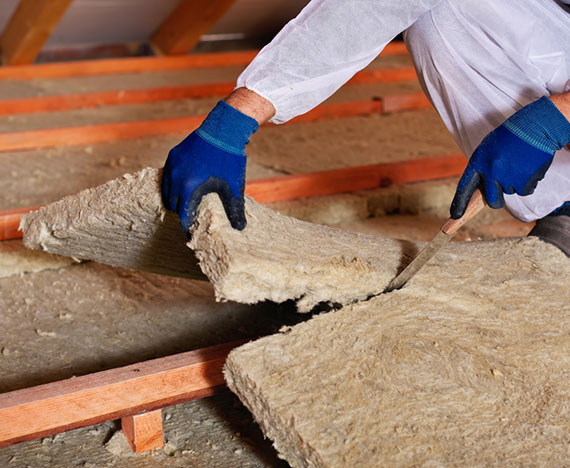Wood
Wood is the lightest construction material which, aside to optimal properties of heat insulation, also demonstrates high hardness and thus is used for supporting parts of the structure. Ecologically, it is top quality using solar energy in the production thereof. Wood is the best natural insulator (six times better than brick and 15 times better than concrete). Wood 13-mm thick provides heat insulation as 45 cm concrete or 18 cm bricks.
When properly processed, it is extremely lasting and does not need chemical protection under roof and indoors. When a wooden house is dismantled after years of being used, there is not waste but only wood which still can be utilized. Individual construction parts or elements, for example beams, can be used again. Wood waste is used for producing energy.
Wooden surfaces make the ambient more enjoyable, spatial climate more comfortable since it regulates air moisture very efficiently. Wood protects immune system since it overtakes harmful matters from the air and for a few hours decrease their concentration to a tenth. It is healthy, does not emit radioactivity, harmful gases, dust or static electricity. Wooden structures do not obstruct passing of the Earth magnetic forces, which are important to human health. Long term tests indicate that wood has positive influence on human well-being.


As a construction material, wood is interesting constituent for users bearing balanced ratio of price/labor, easy to process it within shortly thus providing for short completion of construction works. Using wood as construction material is like dry building method, regardless of bad weather conditions. It means fast assembly works, shortest construction terms, low transportation cost, short heating time and low heat losses which enhance economic advantages. Wood is easy to combine with other materials. In case of fire, wood transmits 10 times lower heating quantity than concrete and even 250 times than steel.
High static quality is also a property of wood as excellent construction material. Wood-supporting parts can be used as various structures, vary from supporting beam to multi-storied construction buildings. This property is provided by wood microstructure which is responsible for high loading property. Compared to its own weight, it carries 14 times more. Like steel, its strength to pressure corresponds to reinforced concrete. Wood is even 5 times lighter than concrete due to its density which is 400 to 800 kg/m3 compared to concrete with density of 2500 kg/m3, which makes wood less heavy to transport.




